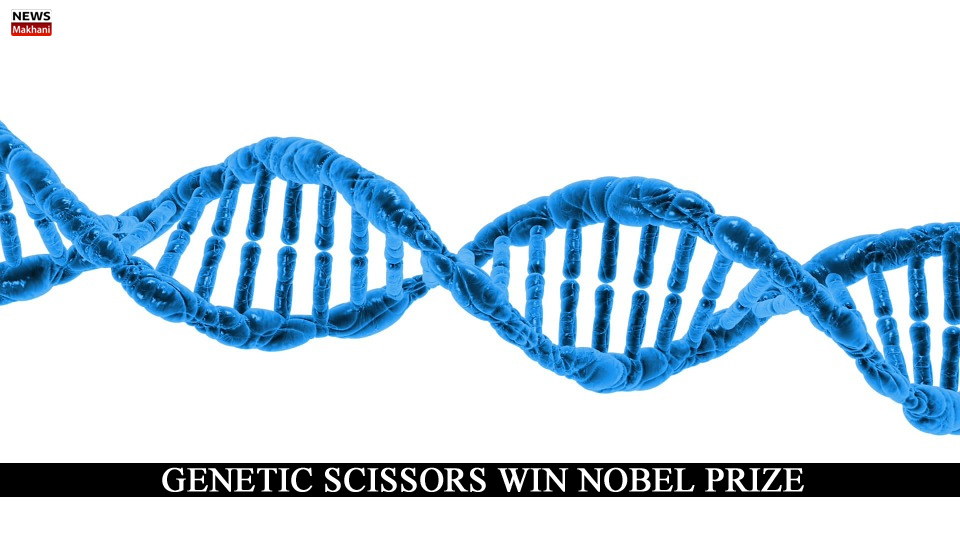Have you ever wondered what would it be like if we can edit the genes of a new born baby and modify them according to the way we desire? It would open the human world to innumerable possibilities. Above that, it would help us prevent several genetic diseases from passing on to our offspring. These genetic scissors have been created by two women: 52-year-old Emmanuelle Charpentier of France and 56-year- old Jennifer Doudna of America. These two managed to win the Nobel Prize in Chemistry for their creation: CRISPR or Clustered Regularly Interspaced Short Palindromic Repeats. They started it’s creation in 2012 and since then, everybody has been excited to see it work.
HOW CRISPR WORKS?
It works in an interesting manner. CRISPR identifies the area of problem in the gene sequence and replaces it with the problem sequence. It act like a natural defensemechanism for the body. An RNA molecule is used to find out the problem in the gene sequence. Then a protein called Cas9, also called genetic scissors, is used to deal with the problematic DNA strand. It works in the long term and has found to be very efficient in eliminating life threatening diseases like cancer and AIDS.
HOW THEY PIECED IT TOGETHER?
Both the Nobel Prize Winners met at a conference in Puerto Rico in 2011. They happened to work together as both of them required another person to assist them with their findings. Charpentier was working when she felt the need of a biochemist to help her carry on the project. They both finally collaborated to create the genetic scissors. Other scientists have equally contributed in the betterment of the project. Though people are adapting to the new change with time some people doubt if they would let their children maintain their original inherited genes.

 हिंदी
हिंदी






